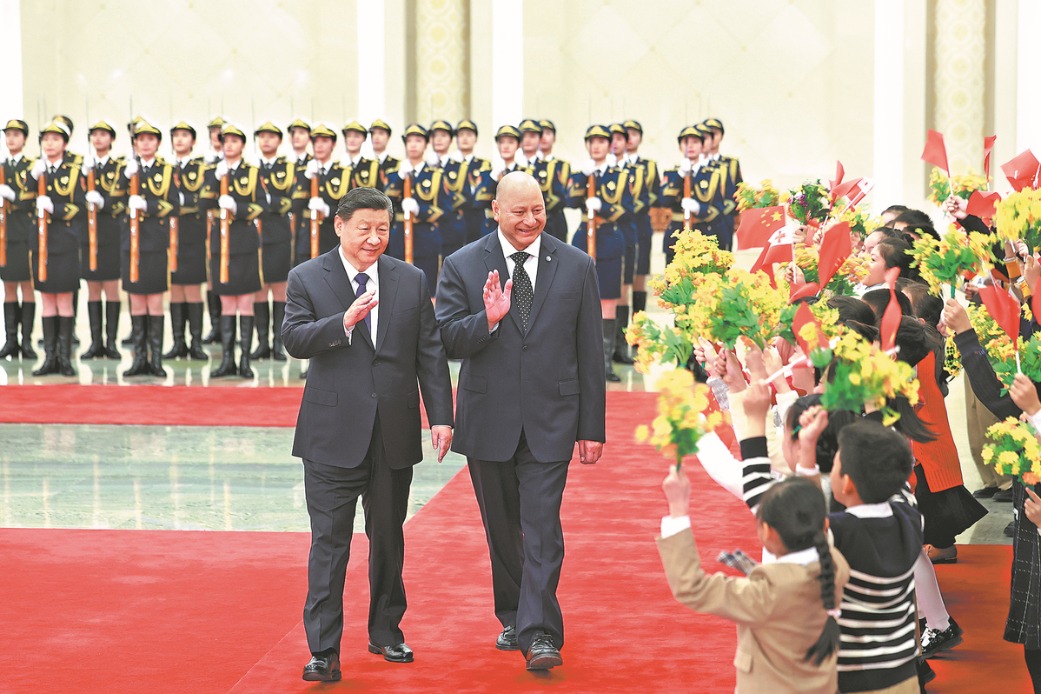Global Tiger Day | Does conservation conflicts community development?


Zhang Weimin said: "Earthworms are cool. They breed very fast. The number has almost doubled within one month. I shared 200+ grams with my neighbors. I expect that half of the villagers will get my earthworms next year."
As a single alternative livelihood action often brings more other problems in practice, multi-dimensional and diversified utilization fits sustainable conservation better. By collaborating with local communities, we implement sustainable natural resources management and community development plans to improve residents' livelihoods and reduce their dependence on natural resources in tiger habitats. In this way, we can not only mitigate HWC, but also enhance community support for tiger conservation.
Mutual promotion between development and conservation
The last step of the "ice breaking" plan is to gradually change conservation attitudes of communities in protected areas through mutual promotion between environment and industry, to get people spontaneously participate in conservation and benefit from it through benefit sharing approaches.
Communities with rich cultural background are closely related to local environment and wildlife. Respecting traditional knowledge and culture in communities, we can build connections between local residents and natural environment, which is helpful to facilitate both tiger conservation and community development. Through community participation in decision-making, supervision and implementation of tiger conservation, the acceptability and sustainability of conservation measures have been improved.
























